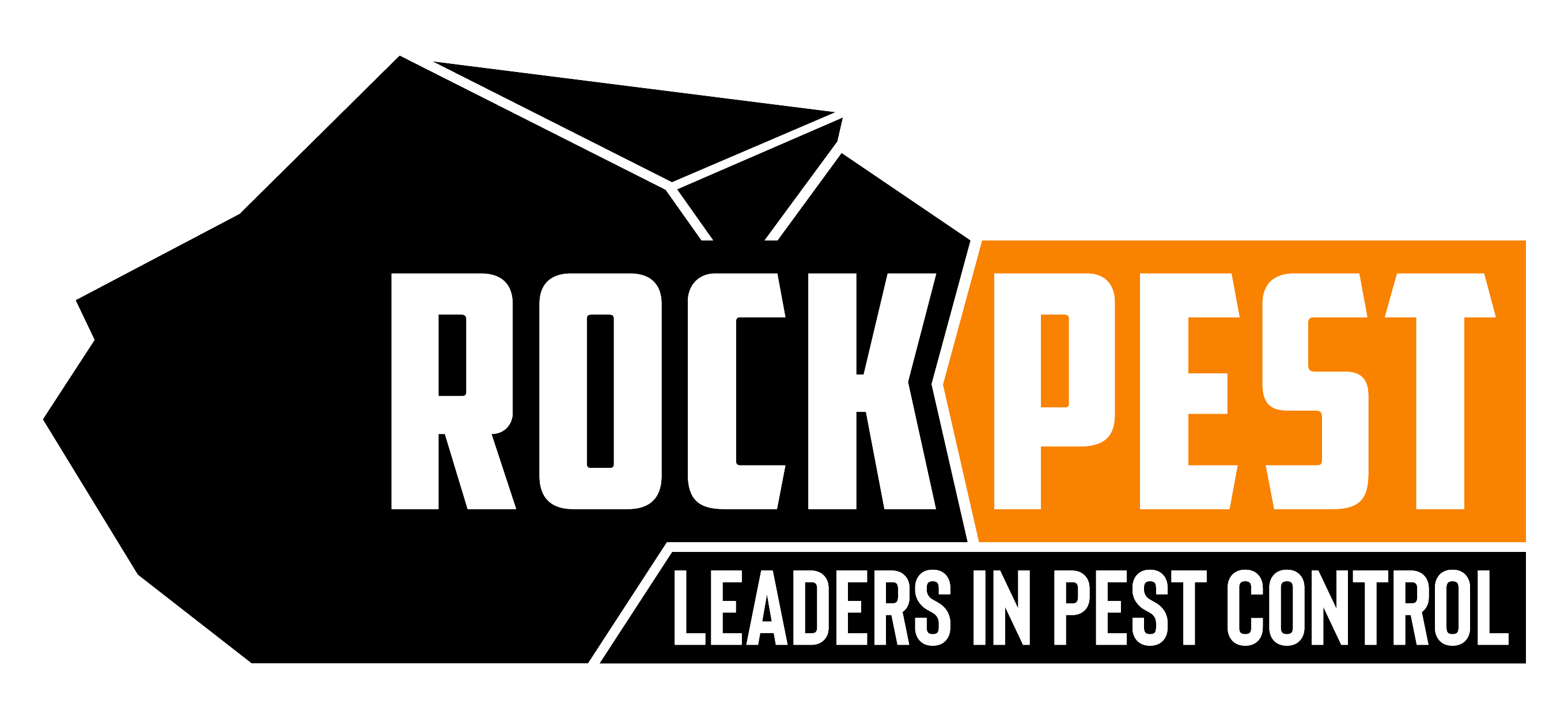How Much Does It Cost to Treat for Bed Bugs?

Bed bugs are one of the most expensive common household pests to treat for, just behind termite and bat infestations in average cost. There’s a reason for that. Bed bugs are very hard to get rid of and they are spread easily from place to place and home to home. They can live for a year without feeding, they do not groom themselves (so they will not ingest chemicals), and they hide in a myriad of locations. So how much does it cost to get rid of them?
Fumigation
Fumigation involves pumping a gas into the building and keeping the gas levels high enough to replace the air in the building. The bed bugs (and any other bugs or creatures) will not be able to breathe and the gas will kill them in one day, including eggs. Fumigation is sometimes the only option, as in the case of a hoarder, but is also the most expensive option. Most infestations do not need a fumigation. The cost of fumigation starts at about $3,500 for a house and goes up from there. Unless it’s an extreme case, it’s not used that often. However, if done correctly, it is 100% effective.
Chemical Treatment
There are a lot of chemicals that can kill bed bugs. Bed bugs must absorb it through their exoskeleton, and so chemicals are not as quick as fumigation. The chemicals are applied to the bed, furniture, base boards, and anywhere else bed bugs might be residing. it will require a pretty extensive preparation to allow access to the areas that need to be sprayed. It will take 4-6 weeks for all of the bed bugs to be killed, as the chemical will not kill the eggs. And many bed bugs are somewhat resistant to the chemicals used, so multiple sprays are normal. At Rock Rest Control, we usually apply the product three times over the span of one month to make sure the bed bugs are taken care of. The average cost of a chemical treatment is about $1,000-$1,200 for a 3 bedroom house. The infestation is usually taken care of in 6-8 weeks.
Heat Treatment
In a heat treatment, the infested area is heated up to about 150 degrees and held there for several hours. The heat will permeate every hiding place of the bed bugs and kill them in one day. The bugs are not resistant to it and the eggs will die as well. It will require preparation to make sure it’s effective, but normally not as much as a chemical treatment. We will usually apply a chemical treatment as well, so there is a long term residual, just in case a bed bug escaped the heat or was hiding in an area we didn’t treat, like your car. This is our preferred method. it is very effective and over 90% of the time the infestation is gone in one treatment. The average cost of a heat treatment is about $1,200 for a 3 bedroom house, but it will depend on how large of an area we have to treat. It costs about $1-$1.25 per square feet to treat a house with heat.
Must Read: How Do You Inspect For Bed Bugs?
Need Help With Bed Bugs?
You’ve come to the right place. We specialize in bed bug infestation large and small. We have performed hundreds of successful treatments, and our stellar reviews speak to our integrity and customer service. If you’re dealing with bed bugs, don’t wait another day. Call us and we can schedule a free inspection today.
Frequently Asked Questions
To prevent getting bed bugs, it’s important to be vigilant, particularly when traveling. Avoid bringing second-hand furniture into your home without thoroughly checking it first. When staying in hotels or other accommodation, inspect the beds and furniture for signs of bed bugs. Once back home, wash your clothes immediately. Regularly vacuuming your home can also help keep bed bugs at bay.
Signs of a bed bug infestation can include small, itchy bites on your body when you wake up. You may also notice tiny blood stains on your sheets or pillowcases from the bugs feeding. Other signs include dark or rusty spots of bedbug excrement on mattresses, bed clothes, and walls. In severe infestations, you might even smell a musty odor or see shed skins.
No, bed bugs are not a sign of a dirty home. They are opportunistic pests that can infest even the cleanest homes. Bed bugs are primarily attracted to the warmth of humans and animals, not dirt or grime. They can be brought into your home through luggage, clothing, used furniture, and other items. Regular cleaning can help reduce hiding places, but it does not guarantee prevention.
